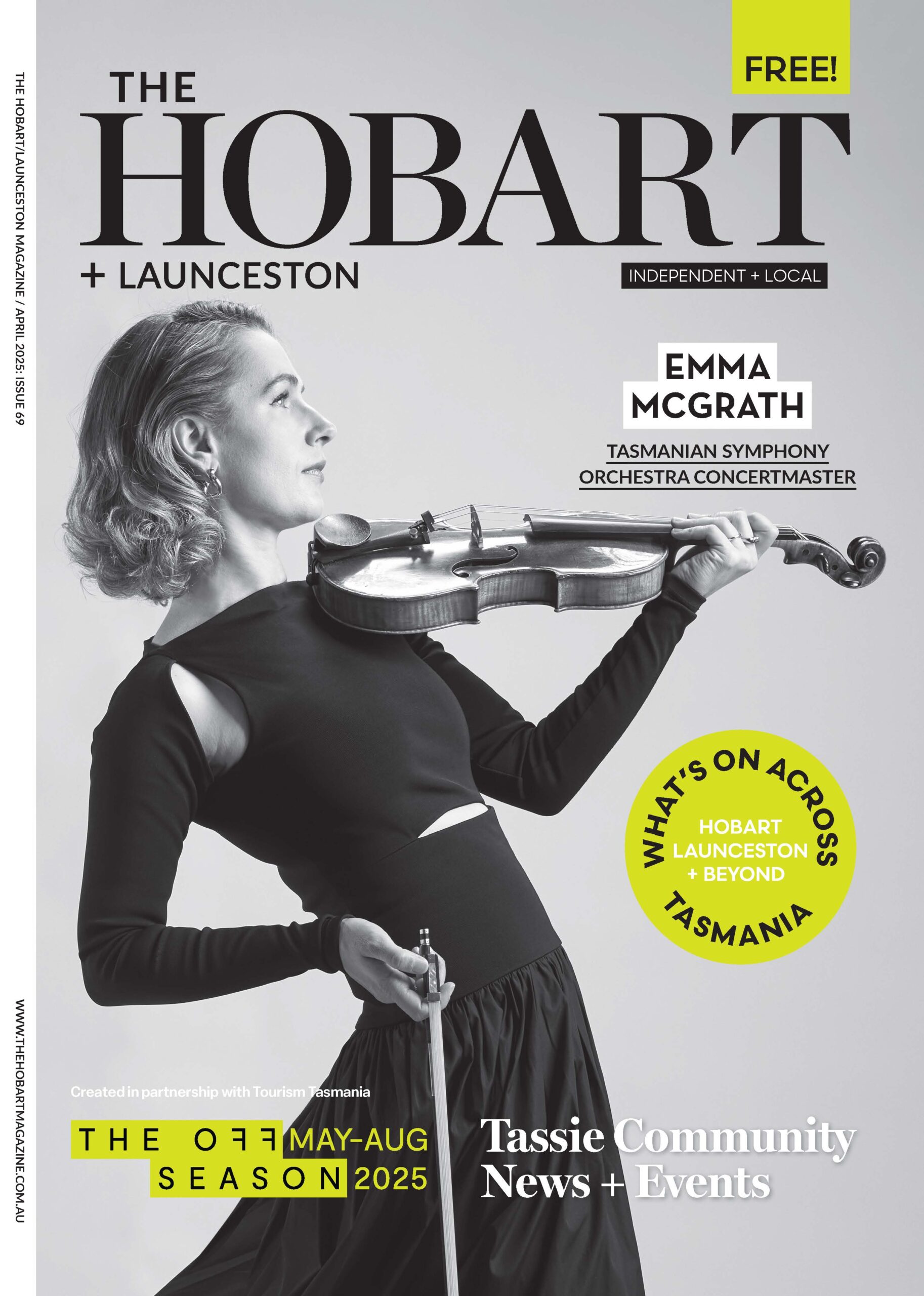The Grand Race to Hobart Over the Years
by Hobart Magazine

Once the Chrissy ham leftovers are safely in the Tupperware and the discarded wrapping paper dealt with, it’s time to turn our attention to the great race – the Sydney to Hobart.
Starting on Boxing Day in the Emerald City, the 630 nautical mile (1,170 km) race to Hobart is about to bring crowds and big energy to our waterfront. Navigating down the east coast of NSW, Victoria, Flinders Island and Tasmania, the race takes in spectacular views. Of course, sometimes it also crosses path with wild, unpredictable weather and difficult conditions.
Let’s take a look back at some of the memorable moments from the race of the past:
- The first Sydney to Hobart was held in 1945, just after the end of World War Two. Initially planned as a cruise by Peter Luke and friends who had formed a club for those who preferred cruising to racing, when a visiting British Royal Navy Officer by the name of Captain John Illingworth suggested it be a race, the idea stuck. Nine yachts raced that year.
- Illingworth’s Rani won the handicap and line honours. It took six days, 14 hours and 22 minutes.
- Peter Luke’s Wayfarer still holds the record for the slowest time – 11 days, six hours and 20 minutes. He did say he preferred cruising to racing!
- The first known female sailors were Jane Tate and Dagmar O’Brien who sailed in the second race, in 1946. O’Brien’s yacht, Connella, retired so Tate became the first female to compete and a trophy is named in her honour.
- LDV Comanche won in 2017 with the fastest race of all time: one day, 9 hours, 15 minutes and 24 seconds.
- The smallest yacht to race was Klinger, at 27 feet, in 1978.
- Wild Oats XI has gained line honours more than any other yacht with 9 victories – it’s also among the biggest yachts ever to race, at 100ft.
- In 1994 the race turned 50, and saw a record number of entrants with 371 in total. The next closest was 1985, with 179 yachts taking part.
- The Making Waves Foundation’s crew were the first fully disabled team to compete in an ocean race, in 1994.
- In 1998, six sailors lost their lives after the competitors hit dreadful weather. The boats raced headlong into a severe storm, with winds of up to 78 knots and waves up to 10 metres. 55 yachtsmen had to be rescued – 50 of them by helicopters in the gale-force winds. 44 of the 115 boats that started finished the race.
- 1984, 1993 and 2005 were also years with memorably awful weather and many retirements mid-race.
- In 2011 Jessica Watson, who at the age of 16 had sailed solo and unassisted around the world, skippered a crew of 9 sailors aged under 21.

- In 2020 the race was cancelled thanks to old mate COVID-19 – there had been an outbreak in Sydney’s north and the Tasmanian government declared Greater Sydney a “medium risk” zone, requiring all participants to quarantine for 14 days on arrival in Tasmania. It was the first time the race was not conducted in its 76- year history.
- Tony Cable, from NSW, has the most races under his belt with 49.
- The late John Bennetto is the Tasmanian with the most races on record – he did it 44 times but passed away in 2005 mere days before he’d planned to compete for a 45th time.
- 1982 saw the closest line honours race finish in history, when Condor of Bermuda pipped Apollo by 7 seconds.
- Three yachts have won line honours but later been disqualified: Wild Wave (1953), Nirvana (1983) and Rothmans (1990)
- Vale to the yachtsmen who have lost their lives during the race over its history: Mike Bannister (Winston Churchill, 1998), Glyn Charles (Sword of Orion, 1998), Ray Crawford (Billabong, 1988), John Dean (Winston Churchill, 1998), Bruce Guy (Business Post Naiad, 1998), Jim Lawler (Winston Churchill, 1998), Wally Russell (Yahoo II, 1984), John Sarney (Inca, 1973), Phillip Skeggs (Business Post Naiad, 1998), Peter Taylor (BP Flying Colours, 1989) and Hugh (Barry) Vallance (Zilvergeest III, 1975).

